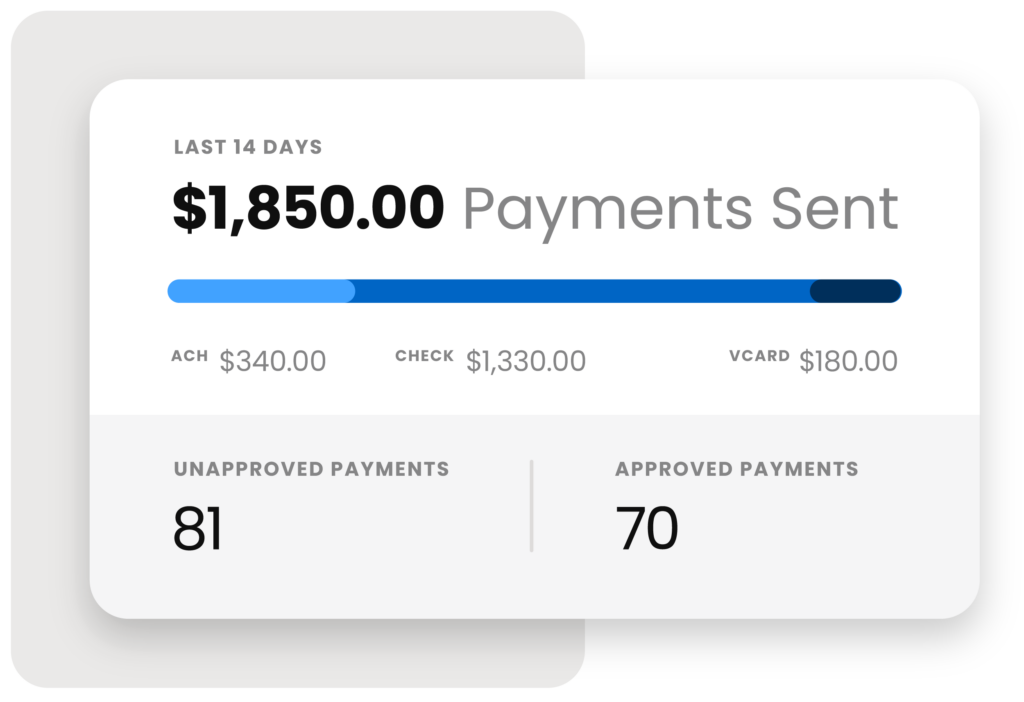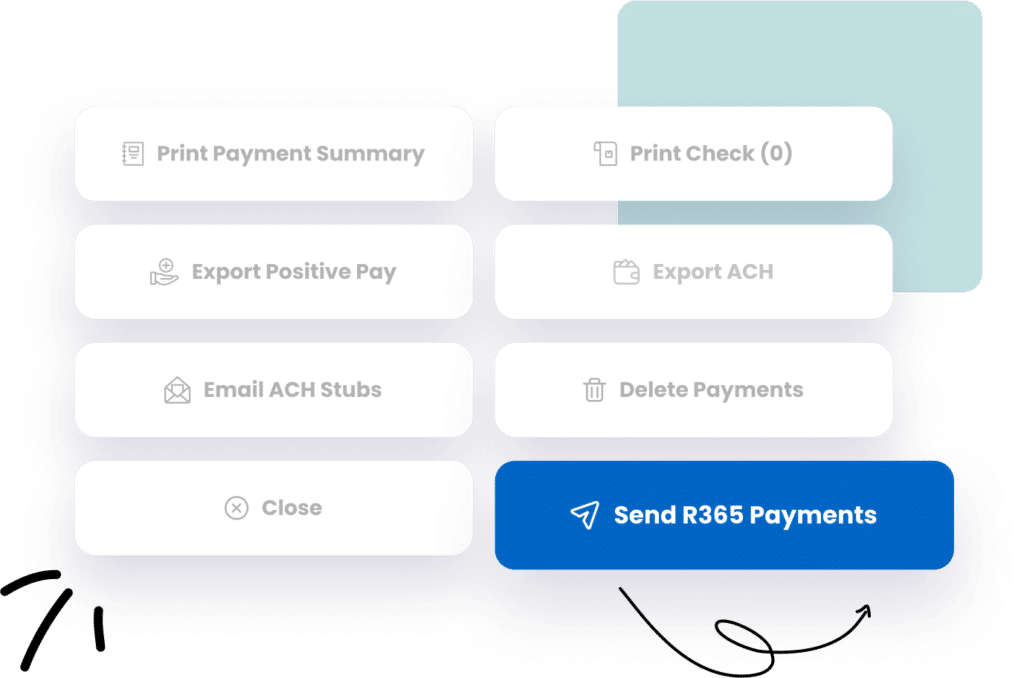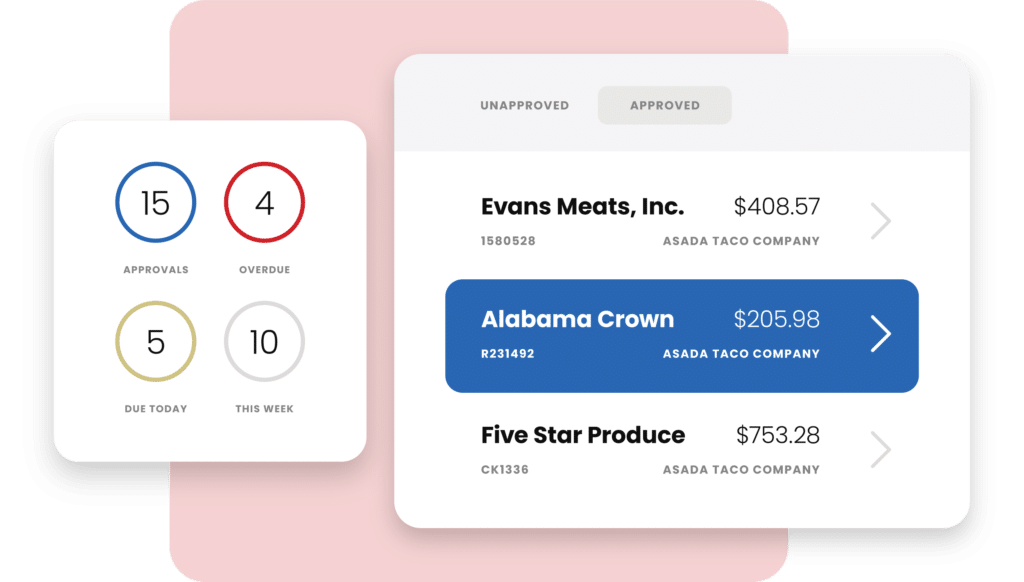By visiting our site, you agree to our privacy policy regarding cookies, tracking statistics, etc.
Managing the financial workflows of a restaurant involves precision, efficiency, and the right tools. From billing customers to settling vendor invoices and automating accounts payable, a seamless system is essential for sustainability and growth. This guide explores the nuances of restaurant billing, vendor billing, and accounts payable automation, offering insights into the processes and tools that can streamline operations.
Restaurant billing encompasses the entire process of charging customers for the meals and services they enjoy. It begins the moment an order is placed and ends when payment is collected, whether through cash, card, or digital wallets.
The process often involves multiple touchpoints:
Efficiency in restaurant billing ensures smoother customer experiences and accurate revenue tracking.

A restaurant billing system is a digital or manual tool that facilitates the recording, calculation, and collection of payments from customers. It serves as the backbone of the billing process, ensuring that every transaction is recorded accurately and promptly.
Key components of a restaurant billing system include:
Restaurant billing software has evolved to offer comprehensive solutions that go beyond mere invoice generation. Modern platforms integrate with inventory management, staff scheduling, and customer loyalty programs, creating a unified operational ecosystem.
Selecting the right billing software requires evaluating features that align with your restaurant’s unique needs.
Investing in the right software can significantly enhance operational efficiency and profitability.
The accounts payable (AP) process refers to the workflow of managing and paying debts owed to vendors, suppliers, and service providers. In restaurants, it includes invoices for food supplies, kitchen equipment, maintenance, and utilities.
Stages of the AP Process:

Restaurants often work with multiple suppliers, creating a complex web of invoices and payments. The accounts payable process ensures that these obligations are met systematically and without delay.
Efficient AP management is crucial for:
AP payments are the actual disbursements made to vendors or suppliers for services rendered or goods delivered. They can be categorized as:

Automation software transforms the AP process by introducing efficiency and reducing manual intervention.
Features of AP Automation:
By automating accounts payable, restaurants can save time, reduce errors, and maintain financial transparency.

Vendor billing refers to the process by which suppliers send invoices to restaurants for goods or services. This involves:
Efficient vendor billing ensures uninterrupted supply chains and fosters trust between restaurants and suppliers.

Franchise billing involves financial transactions between franchisors and franchisees, including royalties, advertising fees, and supply chain costs. These payments are governed by the franchise agreement and ensure operational consistency across locations.
Blog Menu
See why more than 40,000 restaurants use Restaurant365
The financial intricacies of restaurant operations demand robust systems for billing, vendor management, and accounts payable automation. By leveraging modern software solutions and adopting efficient workflows, restaurants can streamline their processes, enhance customer satisfaction, and build strong vendor relationships. Investing in these areas not only improves day-to-day operations but also sets the stage for long-term growth and profitability.
Share this blog:
500 Technology Drive, Suite 200
Irvine, CA 92618
Westech 360
8911 N Capital of Texas Hwy
Building 1, Suite 1200
Austin, TX 78759
Restaurant365 bridges the gap between accounting and operations by centralizing all data, helping restaurant operators to become more efficient, accurately forecast, and tackle any challenge or opportunity with speed and accuracy.